Redmi Eyes iPhone 17 Air Rivalry in Ultra-Slim Phone Race
Redmi vs. the Rumored iPhone 17 Air: Is a Slimmer Smartphone Future Brewing?
The smartphone world is abuzz with talk of ultra-thin devices, and the much-speculated iPhone 17 Air seems to be leading the charge, even if it’s just whispers and leaks for now. But guess what? Redmi, Xiaomi’s super popular sub-brand, might be gearing up to jump into this sleek new arena. They’re reportedly eyeing a device that could go head-to-head with Apple’s rumored minimalist marvel. However, for Redmi to pull this off, it’s going to take some serious engineering smarts and a solid plan to navigate an increasingly crowded market.
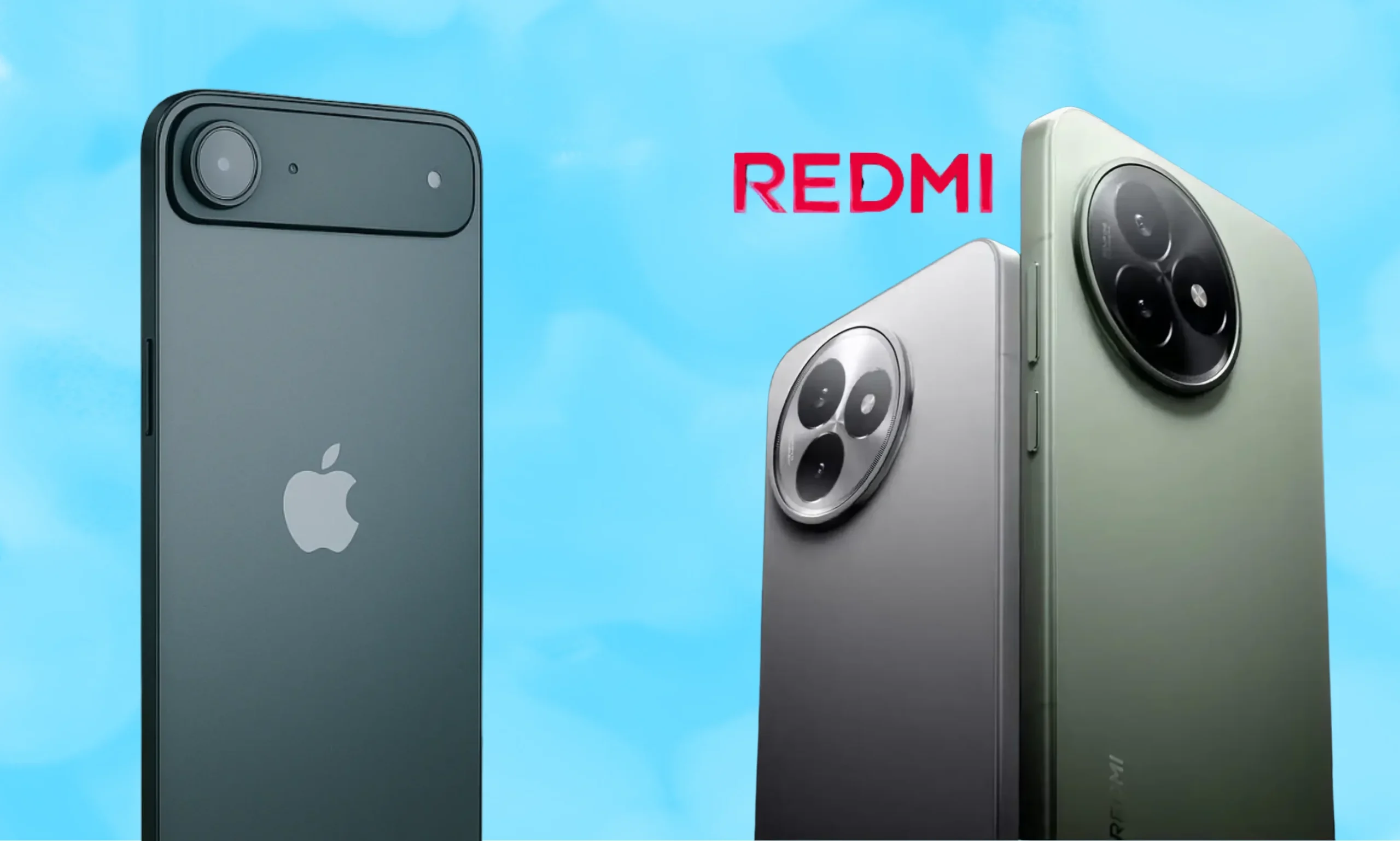
The iPhone 17 Air: Could This Be the Start of a Trend?
Now, Apple hasn’t officially confirmed anything about the iPhone 17 Air, but the rumors flying around have definitely got everyone talking. If leaks, like the ones shared by @MysteryLupin on X, are anything to go by, this supposed iPhone 17 Air would be way thinner than its predecessors. We’re talking about a design that screams portability and pure minimalist chic. Some are even speculating it could be the slimmest iPhone ever, possibly by making some compromises – think a slightly smaller battery or a less beefy camera system – all in the name of that super-sleek profile. This whole “thinnest is best” idea has really caught the industry’s eye, and it looks like other manufacturers are taking notes.
However, it’s not all sunshine and thin edges. Some industry analysts are raising an eyebrow, pointing out that going ultra-thin might mean sacrificing durability, battery life, and overall performance. It makes you wonder if this is a genuine innovation or just a fleeting trend. Until Apple spills the beans themselves, the iPhone 17 Air remains a bit of a mystery, but its potential impact is already being felt.
Redmi Joins the Ultra-Slim Race
Redmi, the brand that’s become famous for packing a punch with high-quality phones at seriously competitive prices, isn’t one to miss out. According to recent leaks that popped up on X, the brand is apparently cooking up its own ultra-thin smartphone, aiming to directly challenge the rumored iPhone 17 Air. While we don’t have tons of details yet, the word is this device will blend Redmi’s signature style – that awesome mix of affordable functionality and solid specs – with a sharp focus on a lighter, thinner build.
For Redmi, stepping into this thin-and-light battle won’t be a walk in the park. Crafting an ultra-slim device is all about finding that perfect balance: shrinking the thickness without messing with performance, battery longevity, or structural integrity. Xiaomi, Redmi’s parent company, has a track record of tech innovation, but this new project is really going to test their mettle against giants like Apple in a segment where design precision is absolutely critical.
Technical Hurdles and What the Market Wants
Building an ultra-thin smartphone comes with its fair share of technical challenges. For instance, squeezing powerful components into such a confined space demands cutting-edge miniaturization and smart thermal management. Then there’s the battery, usually one of the bulkiest parts of a smartphone; it might have to be smaller, which could impact how long the phone lasts on a single charge. Redmi also needs to make sure its offering appeals to a broad audience, not just in terms of looks but also price. After all, the brand built its reputation on offering incredible value without breaking the bank.
The market for ultra-thin smartphones is still kind of in the experimental phase, too. While a sleek design is definitely appealing, consumers also care a lot about practicality, how long the device will last, and its overall versatility. If Redmi can nail that sweet spot between aesthetics and functionality, they could capture a significant chunk of the market, especially in regions where their phones are already super popular, like Asia and Europe.
What Can We Expect?
Right now, both the iPhone 17 Air and Redmi’s potential competitor are pretty much wrapped up in rumors. There are no official confirmations on specs, pricing, or launch dates. However, the chatter about Redmi’s interest definitely hints that the competition in the ultra-thin smartphone segment is only going to heat up in the coming years. We might see brands like Samsung, Oppo, and Vivo joining the fray too, which will push manufacturers to innovate faster to stand out.
For us consumers, all this competition could mean more choices and, hopefully, more competitive prices. But it’s also important to keep a clear head: an ultra-slim design doesn’t automatically mean a better device. The real test will be how Redmi and others balance that sleek look with essential functionality and affordability.
The Thin Line Between Style and Substance
The buzz around the rumored iPhone 17 Air has definitely sparked a new trend in the smartphone industry, and it looks like Redmi is ready to take on the challenge. However, the path to creating a successful ultra-thin device is paved with technical hurdles and market expectations. While we wait for more concrete details from both Apple and Redmi, it’s crucial for consumers to stay informed and critically assess whether this trend towards thinness truly meets their needs. For now, the race for the slimmest smartphone is on, but only time will tell who will master the perfect blend of design and performance.


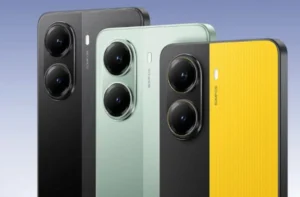
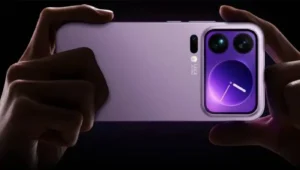
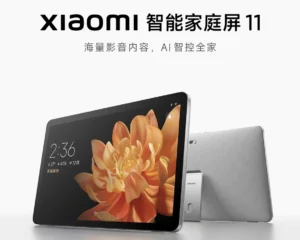
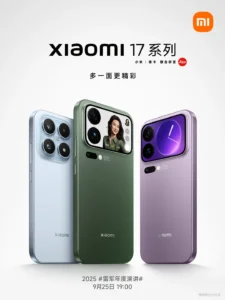
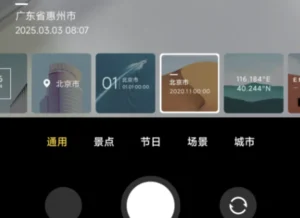

1 thought on “Redmi Eyes iPhone 17 Air Rivalry in Ultra-Slim Phone Race”